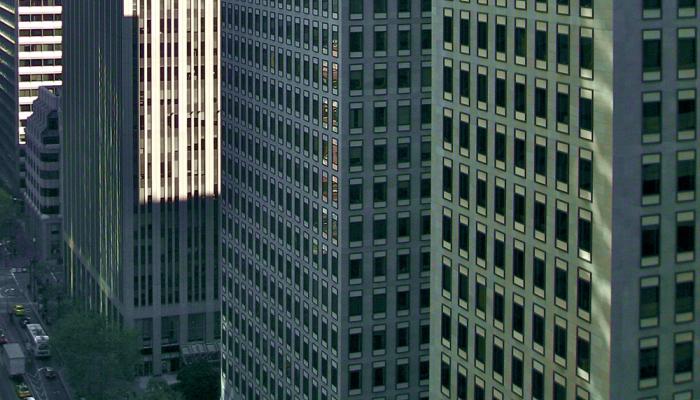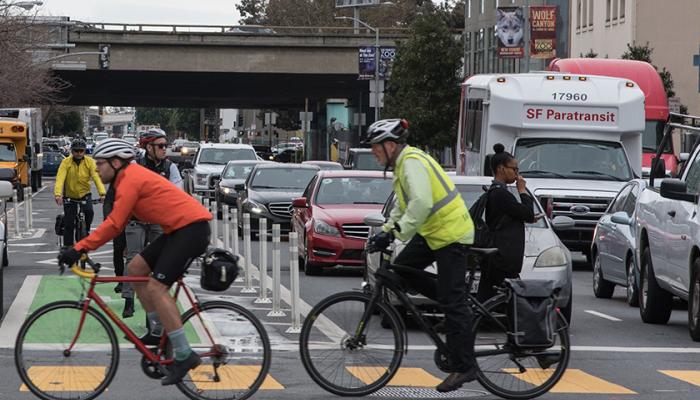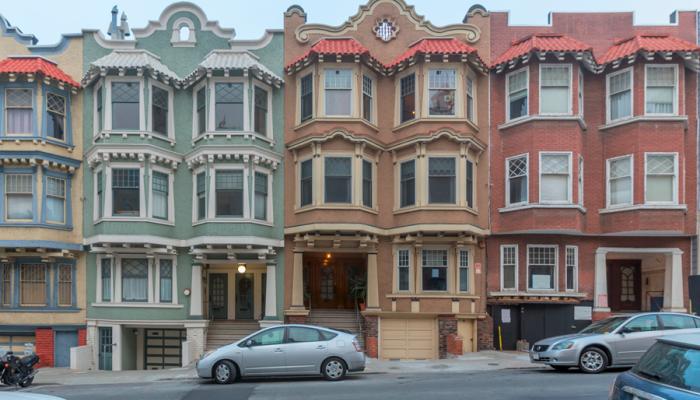What is Zoning?
Zoning regulations govern how land can be used in areas of San Francisco called "zoning districts" (also known as "zones" or "use districts"). These regulations oversee how the land will be used for residential, commercial, or industrial needs and how the land can be used (also known as "land uses" or "uses") in a given zone. All these zoning regulations are specified in a detailed legislative policy document called the San Francisco Planning Code, which determines if a use is either Permitted (P), Conditional (C), or Not Permitted (NP). The Planning Code also includes other physical controls for land development like setbacks, height, parking, etc.
For example, zoning regulations might:
- govern sizes and shapes of buildings
- limit the number of units or apartments that can exists on a property
- require the accommodation of car or bicycle parking off of the street
- set controls on child care facilities, schools or hospitals
- specify how late a business can remain open at night
Where to Start
Find My Zoning
Find specific zoning information for an address using the SF Property Information Map (PIM) and selecting the Zoning Information tab.
Zoning Resources
- Zoning Administrator Bulletins
- Zoning Administrator Interpretations of the Planning Code
- More zoning-related maps can be found here.
- Zoning maps per Planning Code §105 and §106
Variance and Variance Hearings
A variance is a request for an exception from a Planning Code standard which would cause practical difficulty or unnecessary hardship if applied as written. A request for an exception is determined at a Zoning Variance Hearing.
Planning Code Violations
Spotted a potential violation? Examples of violations include construction/demolition, landscaping maintenance, building misuse and inappropriate parking. The Code Enforcement Team is responsible for overseeing compliance with the City's Planning Code.
If there is doubt about a potential violation, the Planning Counter can also help clarify whether or not a violation exists.
Written Determinations
Letters of Determination
Letters of Determination (LOD) are a written response to a request regarding the classification of uses and the interpretation and applicability of the provisions of the Planning Code. They offer guidance as to whether a proposed project, such as a new building, an addition to an existing building, or a use change, conforms to the Planning Code (sometimes referred to as the Zoning Code).
An LOD may include a determination about whether a specific use is appropriate in a certain zoning district, or whether a certain use may retain its legal nonconforming status. They are requested by property owners, developers, architects, land use attorneys and members of the public, inquiring about the zoning regulations applicable to specific development proposals.
Letters of Determination are advisory only; upon issue, applicants still must obtain all applicable required building permits and/or certificates before a use can commence or a building can be built. In comparison to the Zoning Verification Letter, LOD’s are typically more complex and require further research on the part of the Planning Department.
Zoning Verification and Rebuild Letters
A Zoning Verification Letter (ZVL) is a written response to a request regarding the current land use and zoning for a specific property, including information on variances, special permits/exceptions, ordinances or conditions, and violations. This type of letter is more simplistic in nature than a Letter of Determination. A ZVL generally includes, but are not necessarily limited to, a Rebuild Letter.
A Rebuild Letter is a form of Zoning Verification Letter that states that a subject building can be restored to its original condition and use in the event the property is destroyed by fire or any other form of natural disaster. The fee for this type of letter is the same as the fee for a Zoning Verification Letter.




